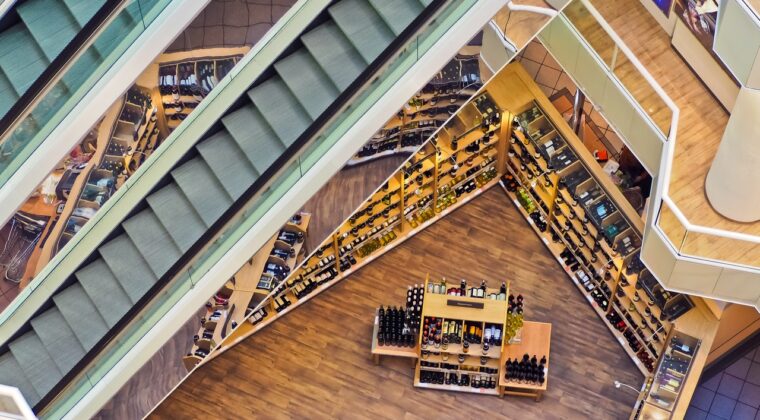Pretty much everyone has come to rely on gadgets. We are all highly aware of how important the ones we use in our day-to-day lives are to us. For example, if you were to tell the average person that they were not going to have access to their smartphone for a week, they would break out into a cold sweat.
Yet, most of us do not pay that much attention to the many other innovative gadgets and electronic equipment that are essential to our way of life. In particular, those used by the businesses that provide us with services and products.
Take for example the retail sector. It is a particularly innovative industry, which means that the gadgets and equipment they use are actually very interesting. Industrial surplus can be a particular problem in the retail sector.
Digital signage
Retailers are increasingly using electronic digital signs in their outlets. They have gone from mainly using them for their tills to using them everywhere. They are quickly replacing posters and banners which were previously the main way of advertising in-store. Large screens stand out, which means that they are highly effective. Better still the stores that use them save money. The fact that what is being displayed can be changed at any time means that it is no longer necessary for someone to take down the posters and banners at the end of the week and put new ones up in their place. There are also a few digital signage services that come bundled with a subscription of channels. Business signage services like this (click here for more information) can be beneficial as the display can be used to entertain customers as well as inform them about offers and discounts when required.
Screens can also be used to share important information with customers. During the CoVid pandemic, a lot of retailers used them to remind customers to maintain social distance, wear masks and cleanse their hands.
Touch screen kiosks
Some stores and businesses are also installing touch screen kiosks. This enables people to help themselves, rather than having to queue to speak to someone. A lot of hospitals now have them set up in their reception areas to enable patients to book in and find out where to go for their appointment.
Store owners saw this and realized that they could also use them for some customer service transactions. Some now enable customers to return items that do not fit using a touch screen kiosk. Provided the item is found to be in good condition when a member of staff examines it later the customer gets their refund a day or so later. Or, failing that, a customer service agent calls them and discusses how to resolve the issue. This article explains some of the other ways retailers are using touch screens within their stores.
Online browsing in store
People enjoy shopping online. They like being able to browse an entire collection to find something that they want. It is a far more relaxed and less tiring way of shopping. Retailers realize this, which is why some of them are installing large touch screens that enable people to stand in one place and browse what is available in the store.
Using this technology people can make a list of things that interest them then go and take a look at the actual item. They can check the quality, coloring, and dimensions to confirm that it really is suitable. MADE the European furniture retailer is an example of a company that has had a lot of success with this approach.
Pay in-queue
Nobody likes queuing. So, when Marks and Spencer, in the UK, started providing people standing in the queue with a couple of items the chance to pay immediately there was a positive response. All they did was to send a member of staff out with a barcode scanner and a wi-fi enabled credit card machine. It’s a great example of how retailers are learning to use the equipment and gadgets that they already own in new and innovative ways. You can read all about this innovation here.
An AR shopping apps
In 2017, IKEA introduced AR shopping to French shoppers. It was a huge success. So much so that they are now rolling it out across Europe. People who download the app can see how a chair or another piece of furniture will look in their own homes. In-store, they can point their phone at an item and automatically see what other colors, textures, and dimensions it is available in. As well as whether there is stock available.
There are quite a few other retailers doing something similar. Click here to read about some of them.
The fact that shoppers are already used to using technology in their lives means that shoppers intuitively know how to take advantage of these innovations. They enjoy doing so. As a result, the stores that are leading the way are taking market share from those that are lagging behind. So, we can expect to see the speed at which new gadgets and electronics are introduced by retailers accelerating rather than slowing down.
Presented by Clover Network – specializing in merchant services
